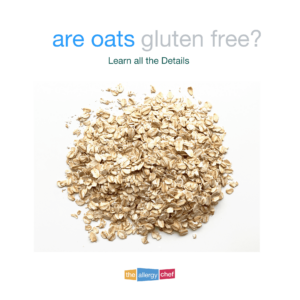If you’re allergic to wheat, are gluten free, have celiac disease, or are non-celiac-gluten-sensitive, this is the article for you. The words Gluten Free are EVERYWHERE these days, and honestly, it can be a bit confusing and sometimes ridiculous. There are different certification logos, some packages say the words “gluten free” only, and there are a lot of variations in between. Let’s take a deeper look at IF oats are gluten free, or if it’s more package shenanigans.
Join RAISE Today for access to 100% gluten free recipes. Use the Advanced Recipe Search for Oat Free options.
But Wait. Aren’t Oats Gluten Free?
Yes. By definition, oats ARE gluten free. The processing of oats however is a whole different question, and that’s where you’ll need to be concerned. In case you don’t know, gluten can be found in wheat, barley, and rye.
Also, No. By definition, depending on where you live, oats are NOT gluten free.
There’s a lot of debate on this topic. On one hand, you have gluten free purity protocol oats which are deemed gluten free here in the United Sates, and in several other countries.
On the other hand, oats are included in the top 14 allergens in several countries under the phrase “gluten containing cereals and grains”. Furthermore, about 25% of people with Celiac Disease are unable to consume oats, not even Purity Protocol.
Avenin In Oats: What You Need to Know
It all comes down to avenin. Gluten is the protein that affects people with Celiac Disease and Non-Celiac Gluten Sensitivity. In wheat, it’s called gliadin, and in barley it’s called hordein. Rye also contains gluten in that case it’s called secalin. You may have guessed it. Oats contain a protein called avenin which is protein strain that’s similar to gliadin, hordein, and secalin.
On top of the similar protein, most oats when processed are done so with wheat on the same equipment and in the same facility. The amount of cross-contact between wheat and oat is HIGH, which is why the Purity Protocol designation was a much needed advancement in the processing of oats.
Some countries have decided however that avenin is close enough to the other three protein strains to say that oats can’t be called gluten free. Other countries have decided that it’s different enough to allow oats to be called gluten free.
At the end of the day, it comes down to your individual level of tolerance. My suggestion is to always trial Gluten Free Purity Protocol Organic Oats. If you can’t have those, you won’t be able to have oats, as the processing of other oats is inferior.
Featured Recipe: Allergy Friendly Crispy Oat Apple Pie Recipe
What About Organic Oats? Are Those Gluten Free??
Organic does not mean gluten free. Those two terms have totally different definitions. However, they can be used together. You may see oats written as:
- Oats
- Organic Oats
- Gluten Free Oats
- Organic Gluten Free Oats
- Purity Protocol Oats
Related: Cranberry Oat Cubes Recipe
Let’s Define Those Terms
Oats would be your standard oats, grown and sprayed with whatever the farmer sees fit to use. Not great if you’re into clean eating, or want to avoid pesticides and things like glyphosate.
Organic Oats are oats grown using organic farming practices. There’s no guarantee they’re gluten free. More about that below.
Related Article: Hidden Sources of Wheat & Gluten
Gluten Free Oats are like the standard oats, grown and sprayed with whatever. In this case however, the processing is different, and that’s why they’re considered gluten free. Some manufacturers will have certification, as well as third party test results they can share with you.
Organic Gluten Free Oats combines both organic farming and gluten free processing.
Finally, Purity Protocol Organic Oats. These are the only ones I recommend for people wanting to trial oats. They’re better than organic and go beyond gluten free requirements. More on these later.
Need Gluten Free Recipes? Check out all of my Cookbooks, 100% gluten free.
The Growing & Processing of Oats
It’s important to know that it’s not uncommon for oats to be grown near wheat fields. Some farms may grow both wheat and oats. It’s also not uncommon to find pieces of wheat in bags of harvested oats.
Some companies have really cool processing machines that detect the wheat and remove it from the processing line when they’re working with oats. It’s actually pretty radical. Yet, I’m sure by now you’re starting to understand why not all oats are gluten free.
It’s not uncommon for wheat and oats to be processed on the same lines in factories, and there will be trace amounts of wheat residue left behind.
New to all of this? 1-on-1 Consulting The Allergy Chef can help.
The Disgusting Practice of Averaging
When I learned about the practice of averaging, I never purchased gluten free oats again. I’ll only purchase Purity Protocol, and it’s what I use in our home for making milk and recipe development.
Let’s say Evil Company sells gluten free oats. Perhaps Evil Company also makes a line of cereal using those gluten free oats. Now, let’s take a look at how Evil Company reports their gluten free status.
Related: Chocolate Chip Oatmeal Cookies (Corn, Gluten, Top 9 Free, Vegan)
To be deemed USDA Gluten Free, you’ll have to have test results that measure under 20 parts per million. To be GFCO, it’s 10 parts per million. Now, as far as I know, no one using GFCO has ever participated in averaging, and I don’t think it’s allowed under their certification.
However, their certification does allow for food made on shared equipment with wheat to be labeled gluten free so long as it passes the test. You’ll have to use your best judgement on this one, and do what’s right based on your level of sensitivity. Here’s the kicker though: you can have their certification, NOT disclose the shared equipment on your label, AND only test once a year if you’re so inclined.
Back to Evil Company. Here’s their gluten free oats batch test results:
- 10 parts per million
- 13 parts per million
- 33 parts per million
- 12 parts per million
- 50 parts per million
- 10 parts per million
- 10 parts per million
Add it all up and what do you get? An average of 19.7 parts per million. Pack it up and label it gluten free boys!
Let me guess… you’re pretty disgusted too right now.
Related Resource: Food Allergy Help 101 ~ Hidden Allergens
Purity Protocol Organic Oats
The two brands of purity protocol oats that I’m happy to purchase are GlutenFreeOats.com and Zego Oats. Both are gluten free, organic, and purity protocol.
You May Also Enjoy: Zego Foods Mix-Ins, Oats, Muesli, Protein Powder Product Reviews
With Purity Protocol Oats, there are a lot of steps in place to keep you safe. First, the seeds, planting, and growing have to meet specific standards. The fields, equipment, processing plants, and mills all have to be inspected by a third party. The oats have to be processed in a dedicated gluten free facility, and the storage must also be gluten free. There are a lot of tests a long the way, and at the end of the day, it’s worth it.
I’m sure I pay more for oats because of this, but honestly, I don’t care. What’s even better about the two companies we vouch for, they’re also safe for those with a severe corn allergy.
However, in recent times, at least one batch of Purity Protocol oats has contained trace amounts of gluten. What we can learn from this is that NO system is perfect. Many manufacturers are doing everything they can to keep consumers safe, but there are many factors that are simply out of everyone’s control.
At some point, you have to take the leap of faith and trust a product, or be willing to find a suitable alternative that you’re comfortable with.
Final Thoughts on Oats and Gluten
It’s easy to get caught up in the labeling, and to blindly trust it. Sadly, if you’re living with food allergies or other dietary restrictions, that isn’t always the best idea. When you call companies, you’ll learn a LOT about how the food is grown, processed, packaged, etc. The phone calls may enlighten and/or upset you.
Don’t have time for all those calls? RAISE Members have access to our top 8 free product list, the corn free product list, Gluten Free Allergy Friendly Product Guide, and an ongoing Costco Allergy Status file. I’ve made all the phone calls for you.
If you’re gluten free and feeling great, there’s a good chance you’re making all the best food choices for yourself. If you’re gluten free and know that something still isn’t quite right, you may need to tweak your food choices, or see if there are any other undiagnosed issues going on.
Each person will have a unique journey. For example, one of our kids cannot have food made on shared equipment with dairy, period. He has quite a few allergies and an egg intolerance, and I have to call pretty much every time we want to try something new. For us, the easy solution was to make food at home.
When you understand how quickly commercial food can change, it makes you question your options very carefully. I encourage you all to take a look in your cupboards (if necessary) and see if there are better options available to you.
Additional Resources
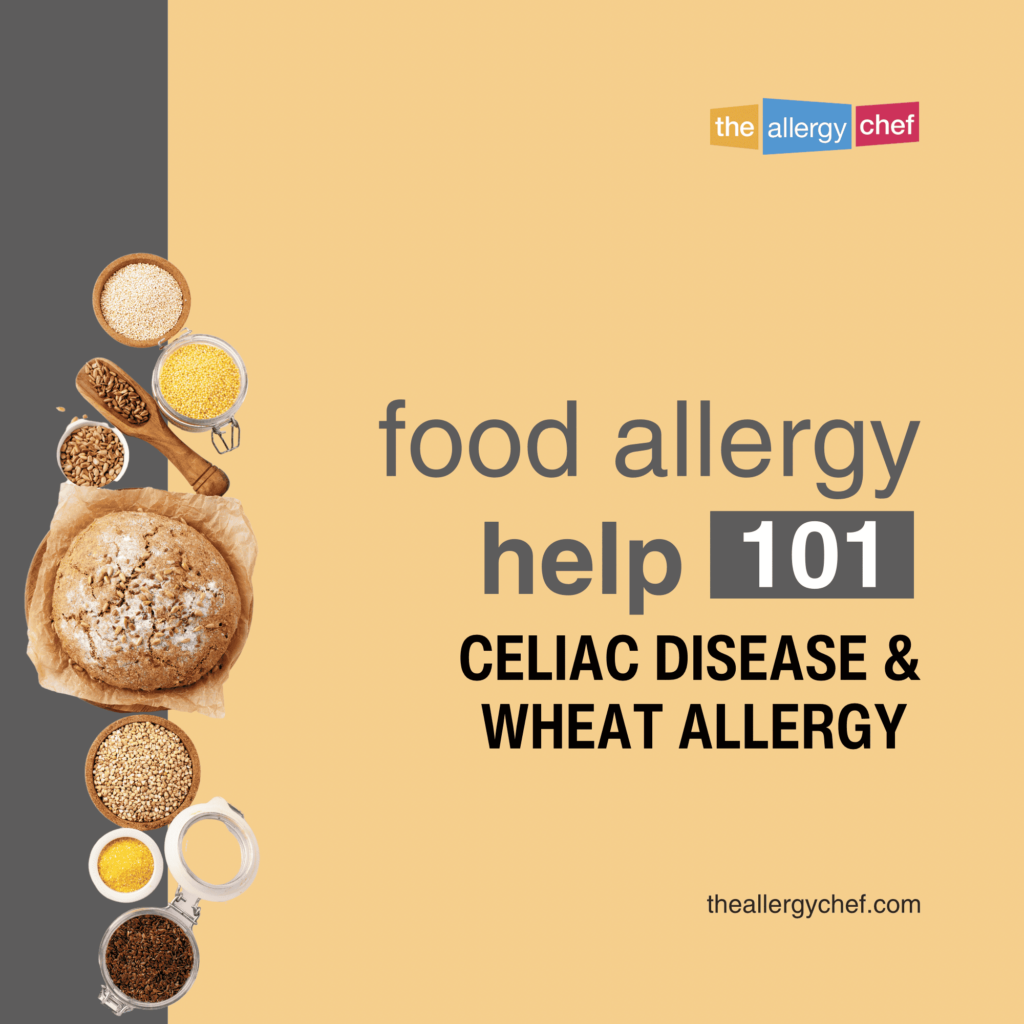 |
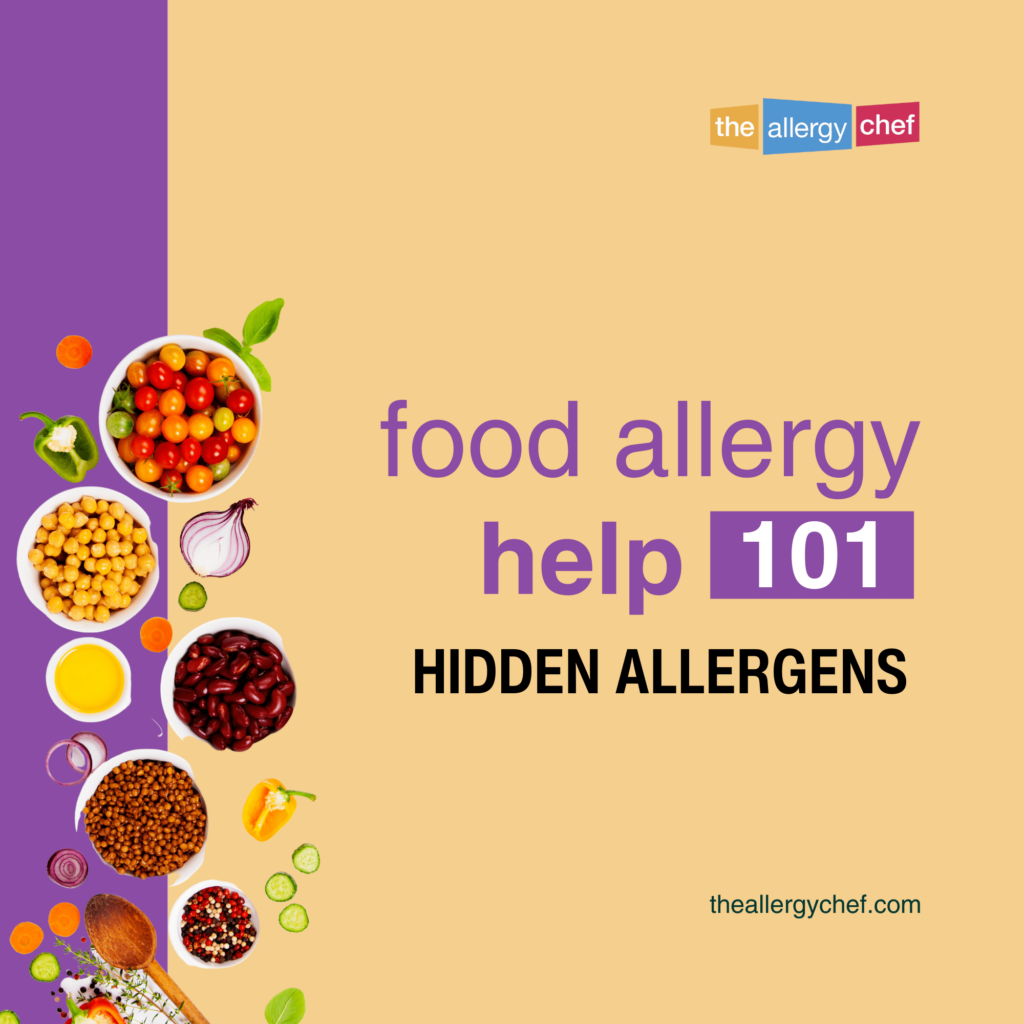 |
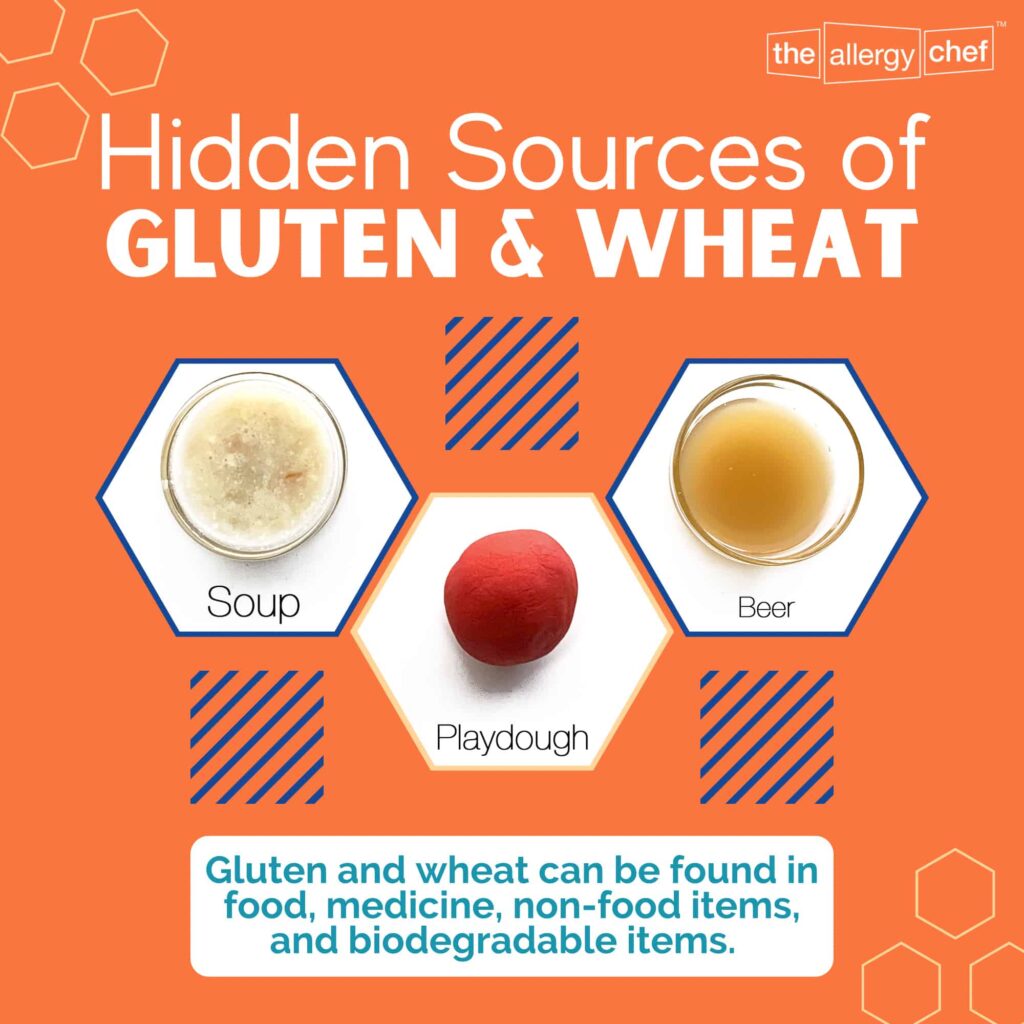 |
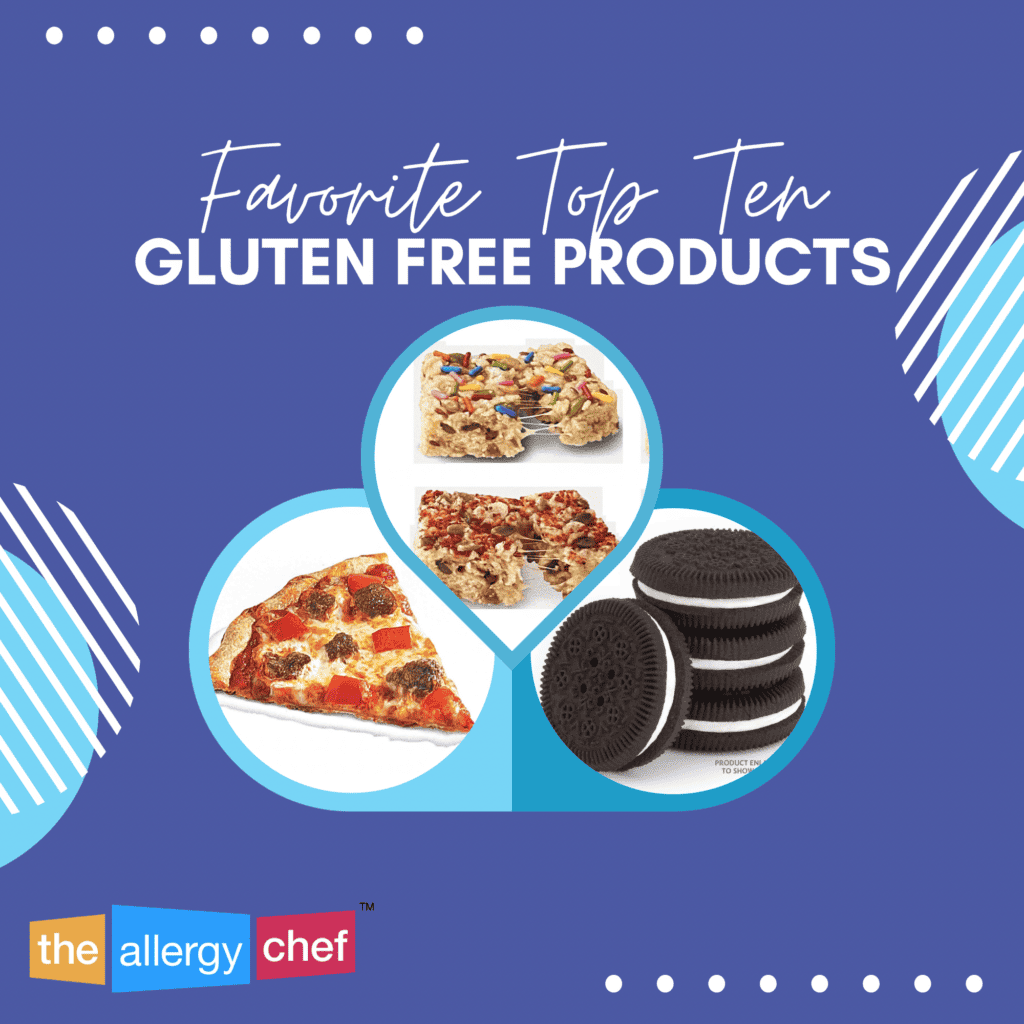 |

